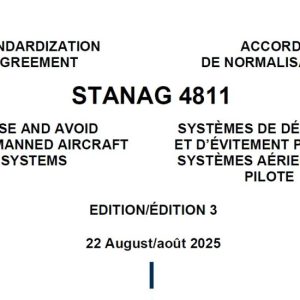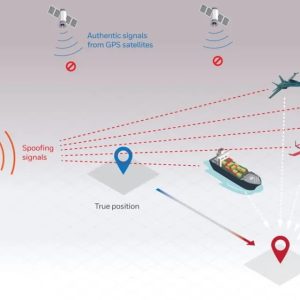Global Invacom XY antenna targets teams that require fast and reliable SATCOM. It ships as a modular, auto-deploy platform for rapid response. Moreover, it works on-the-move and on-the-pause across GEO, MEO, LEO and HEO links [2][3]. In short, units get one terminal for many networks.
Why this terminal matters
Modern operations need bandwidth, reach and resilience. However, no single constellation offers all three in every location. The Global Invacom XY antenna addresses this gap with native multi-orbit agility and quick band changes. Therefore, commanders can balance latency, capacity and covertness as conditions shift [2][3][9].
Just as important, the RF chain is integrated. Instead of separate BUCs, LNBs and cabling, a compact transceiver mounts behind the reflector [2][3]. As a result, setup gets faster. Weight drops. Meanwhile, fewer connectors can fail in heat, dust or cold.
From a sustainment view, the design simplifies spares and training. Teams standardize on one hardware family. Then they adapt software, waveforms and service plans by mission phase. Consequently, they avoid the “one kit per network” trap that drives cost and delays [2].
Inside the architecture: SWaP-C and open interfaces
The antenna’s core value is SWaP-C. It reduces boxes, cables and mounts, which also reduces power draw and maintenance time. Additionally, the integrated layout helps with weather sealing and thermal stability—both common causes of degraded link margins in the field [2][3].
The optional DIFI interface extends this logic. DIFI standardizes digitized IF over IP so modems and gateways can interoperate across vendors [4]. Recently, the standard added in-band link establishment, which streamlines set-up and roaming across networks [6]. Therefore, units can upgrade processing in software without replacing the entire terminal.
Virtualization follows naturally. Once IF is digital, waveform processing can run on commercial compute—at the edge or in the cloud [8]. This approach accelerates updates, scales capacity on demand and simplifies cyber hardening. In turn, programs can roll out features faster while controlling total cost.
Compliance and logistics
For U.S. and partner forces, WGS remains a backbone for X/Ka wideband traffic. Aligning with WGS terminal expectations reduces integration risk and test friction [5]. Furthermore, an ITAR-exempt design shortens export timelines for coalition users. Lastly, IATA-compliant packaging eases commercial air moves with standard handling rules [2].
Market context and alternatives
The ground segment is shifting to roaming, multi-orbit terminals. Competitors pursue this with electronically steered arrays and hybrid multiband dishes [10][11]. Even so, open standards and software-defined workflows remain the common thread [9]. Consequently, buyers now favor terminals that evolve via software and service contracts, not forklift upgrades [12].
Here, the Global Invacom XY antenna leans into modularity and openness. A common hardware baseline plus DIFI and hosted software-defined modems allows phased modernization. Therefore, programs can move at the speed of need—exercise by exercise, unit by unit.
Operational takeaways for NATO and partners
For command posts, mobile ISR and emergency response, the XY delivers three clear gains. First, logistics get simpler: fewer SKUs, lighter kits and streamlined training. Second, agility improves: units switch orbits and bands to avoid congestion or jamming. Third, survivability rises: diverse paths raise the cost of denial for the adversary [9].
Bottom line: the Global Invacom XY antenna brings practical, field-ready multi-orbit SATCOM. It trims SWaP-C, adopts open interfaces and supports virtual ground. Therefore, it offers a credible, standards-based path to resilient connectivity—without locking buyers into rigid stacks.
References
- Defence Agenda – Defence & Aerospace Strategic Trends
- SpaceDaily: Global Invacom launches modular auto-deploy XY antenna
- Global Invacom – XY antenna press release
- DIFI Consortium – Digital IF Interoperability
- U.S. Space Force – WGS fact sheet
- Via Satellite – DIFI v1.3.0 update
- Breaking Defense – SES post-Intelsat strategy
- AWS – Virtualizing SATCOM operations
- Air & Space Forces Magazine – Multi-orbit SATCOM
- Breaking Defense – Kymeta multiband antenna
- ThinKom – ThinAir GT Plus
- Breaking Defense – Army SATCOM services pilot
Further Reading
- Ground networks for the software-defined satellite era
- Standardizing IP workflows with DIFI
- GlobalSecurity.org – WGS backgrounder












